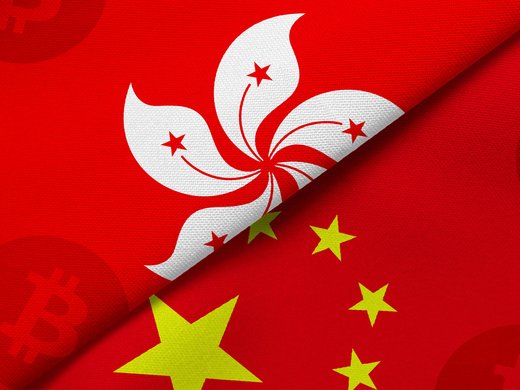The past 20 years, have witnessed a profound change in the type of non-resident investors who provide funding to emerging market economies (EMEs) and the financial instruments through which emerging market (EM) corporations borrow from abroad. Until the beginning of the new millennium, private capital flows to EMEs were mainly intermediated by large global banks, and EMEs were subjected to massive volatility in their external payments balances, exchange rates and domestic financial systems. But since the early 2000s, the role of bank-intermediated credit has declined, as the base of investors willing to take on exposure to EM corporate debt has become much larger and more diverse. These structural changes have encouraged a vast growth in flows of funds, not only from the mature economies to EMEs as a group, but also among EMEs themselves.
The key features of these new channels of international financial flows are explored in this paper, as well as the measures EME governments can take to encourage wider access by their corporations to sources of non-resident funding. The paper recommends longer-term structures measure that EMEs could employ to mitigate the disruptive cycles of “feast and famine” in capital flows that have caused unpredictable fluctuations in their capital accounts and growth prospects in the past.
EMEs require steady access to global funding to accumulate capital over the long run to finance investment in industry and to grow their economies. However, even with effective structural policies in place, the feast and famine cycles in capital flows are likely to continue for the foreseeable future, as global investors swing between bouts of optimism and pessimism about the economic prospects of EMEs. Indeed, the fact that the past two years have seen large private capital outflows from EMEs confront their governments with difficult conditions and policy challenges. The paper outlines the macroeconomic, macroprudential and financial policy measures that EME governments could implement in these current challenging global conditions in order to reduce their vulnerability to fluctuations in capital flows, while at the same time assuring global investors of their commitment to ensuring that their financial systems remain open continuously to private sector investment funding.


